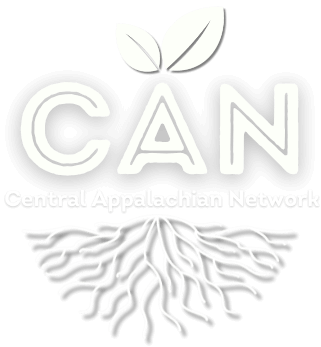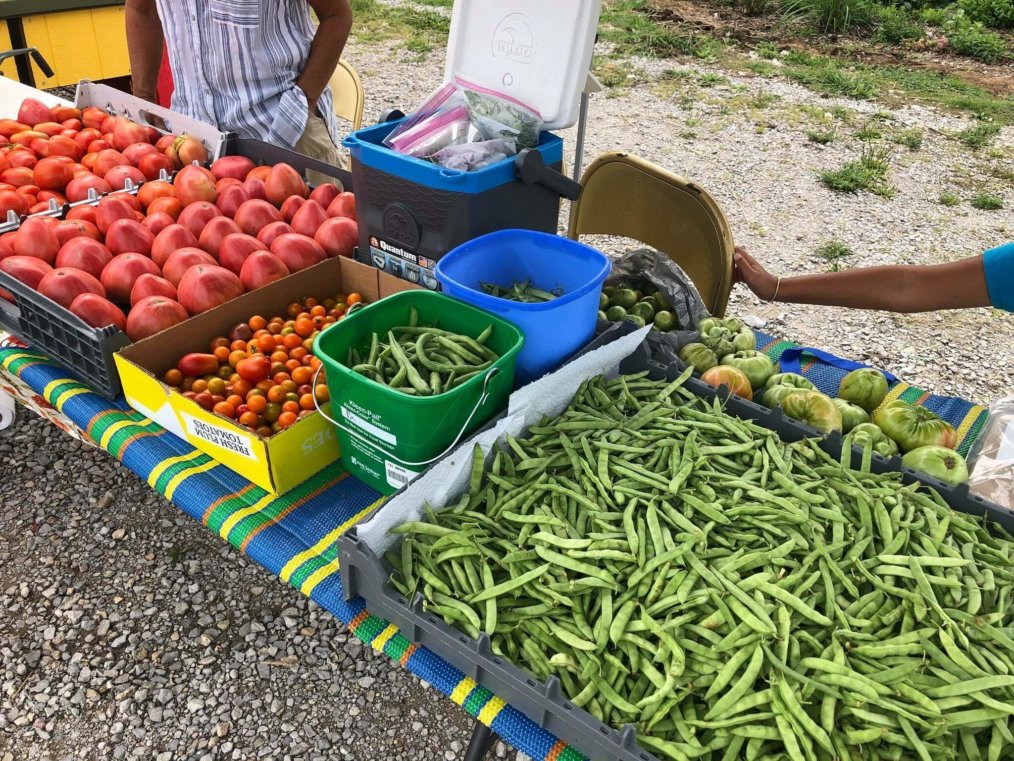
Healthy Food Access in Central Appalachia – Case Studies of Community-Based Innovations
The joint Food & Ag Systems Working Group between CAN and the Appalachia Funders Network worked together to conduct and publish six case studies of projects at the intersection of food access and health. Several members of the Funders Network funded the work to document and highlight lessons from innovative projects around the region, and CAN conducted and compiled the case studies. Check out the featured projects below, and download PDFs of the 2-page case studies at the links below!
BEREA KIDS EAT
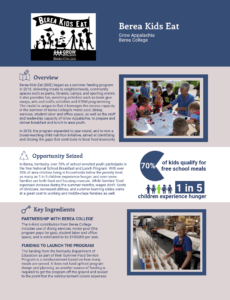 Grow Appalachia and Berea College brought together a summer kids feeding program that now is operating year-round to address children’s food security challenges in and around Berea, KY. Grow Appalachia and Berea College brought together a summer kids feeding program that now is operating year-round to address children’s food security challenges in and around Berea, KY.
Click here for the PDF report.
|
CHEFS IN SCHOOLS
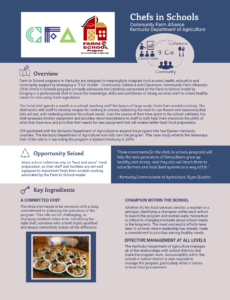 Community Farm Alliance partnered with the Kentucky Department of Agriculture to expand their Chefs in Schools Program to four additional Eastern Kentucky counties. The program helps equip schools and kitchen staff with the right tools and know-how to feed students more fresh meals. Community Farm Alliance partnered with the Kentucky Department of Agriculture to expand their Chefs in Schools Program to four additional Eastern Kentucky counties. The program helps equip schools and kitchen staff with the right tools and know-how to feed students more fresh meals.
Click here for the PDF report. |
FARMACY
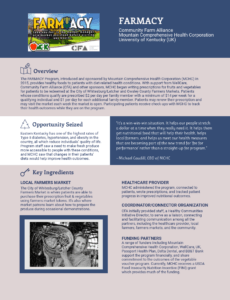 Community Farm Alliance, Mountain Comprehensive Health Corporation, and the University of Kentucky all contributed to a program to give vegetable prescriptions redeemed at local farmers markets in Eastern Kentucky. Community Farm Alliance, Mountain Comprehensive Health Corporation, and the University of Kentucky all contributed to a program to give vegetable prescriptions redeemed at local farmers markets in Eastern Kentucky.
Click here for the PDF report. |
FARM TO INSTITUTION TO SCHOOL
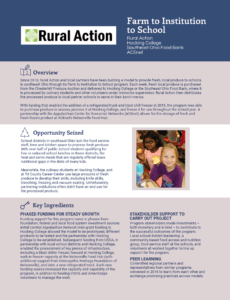 Rural Action, Hocking College, the Southeast Ohio Food Bank, and ACEnet all collaborated to provide fresh, local produce to schools in Southeast Ohio in a unique partnership that provided a win-win for culinary students and school lunch programs. Rural Action, Hocking College, the Southeast Ohio Food Bank, and ACEnet all collaborated to provide fresh, local produce to schools in Southeast Ohio in a unique partnership that provided a win-win for culinary students and school lunch programs.
Click here for the PDF report. |
HEALTHY FAMILIES – FAMILY FARMS
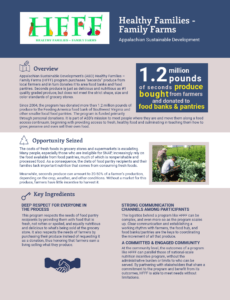 Appalachian Sustainable Development leads a program that purchases “seconds” produce from local farmers and, in turn, donates it to area food banks and food pantries. Appalachian Sustainable Development leads a program that purchases “seconds” produce from local farmers and, in turn, donates it to area food banks and food pantries.
Click here for the PDF report. |
MY MOBILE MARKET
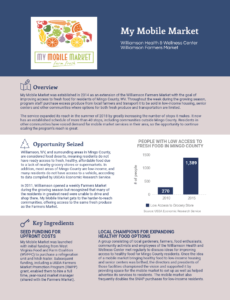 The Williamson Health & Wellness Center and the Williamson Farmers Market work together to purchase excess produce from local farmers and transport it to be sold in low-income housing, senior centers and other communities where options for both fresh produce and transportation are limited. The Williamson Health & Wellness Center and the Williamson Farmers Market work together to purchase excess produce from local farmers and transport it to be sold in low-income housing, senior centers and other communities where options for both fresh produce and transportation are limited.
Click here for the PDF report. |
